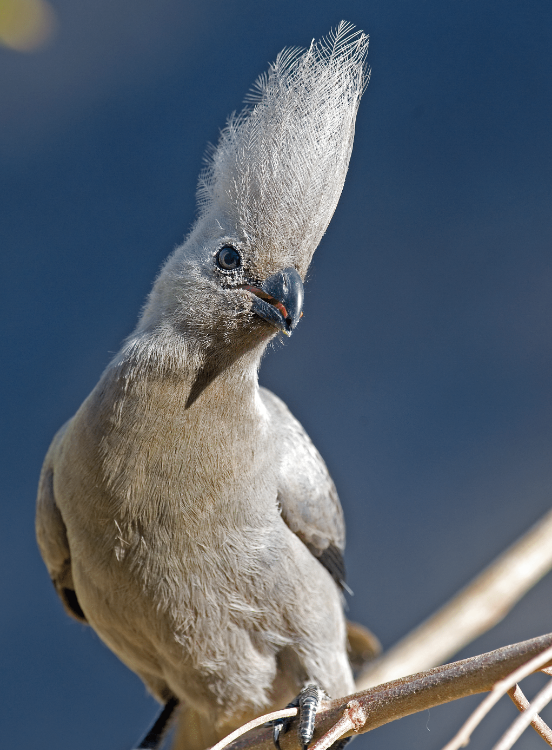Swakopmund: A tradition of tourism
September 3, 2012Namibian fishing journal
September 3, 2012European bee-eater
Merops apiaster
Roberts’ No 438
by Pompie Burger
Does “kwirri-kwirri-kwirri” sound familiar? Does it herald springtime in Namibia? The first rains? Yes indeed, this is the call of the very vocal, European bee-eater, and is one of the first signs of summer. Initially I thought these beautiful birds never came down to “earth” to eat, drink or rest, because for quite a few summers I had seen and heard them high overhead in Windhoek, but had never had the opportunity to get even remotely close enough to them to have a decent look.
Apparently they often feed high in the sky, presumably because the food “over” Windhoek is better than the food “in” Windhoek. Then I had the good fortune last year to see a large flock at the Goas waterhole in Etosha, helping themselves to fat juicy termites after a summer rain shower. When feeding on “our” level, they hunt from a perch, flying out to catch their prey in mid-air, returning to the perch to beat it against a branch, before devouring it.
I must confess that I spent the whole day at the waterhole watching them, and needless to say, trying to take the ultimate picture. European bee-eaters are gregarious at all times, and usually fly in flocks of up to 20. During their migration northwards or southwards, large flocks can be seen along the road perched on telephone wires. Their flight is a slow graceful gliding, alternating with irregular, strong wing-beats.
These summer visitors usually arrive in Namibia by the end of August or early September, depending on the rains. Apparently there are two populations, one that breeds in Europe and North Africa and then migrates into Africa, and the other that breeds in southern Africa [and southern Namibia], migrating up to central Africa. Breeding takes place in sandbanks.
European bee-eaters can be seen all over Namibia except in the dry western areas of the country.
About the author:
Based in Windhoek, Pompie Burger is an orthopaedic surgeon whose part-time passion is photography, in particular wildlife, and specifically birds. This regularly takes him to the most remote corners of the country, resulting in riveting images and articles.
Pompie is the author and photographer of the coffee table book Birds of Namibia, which was published in 2008. The book contains articles and photographs which attest to the insight and knowledge of an accomplished observer.
Read more of his articles in our Birding Section.
This article appeared in the July/Aug ‘04 edition of Travel News Namibia.


